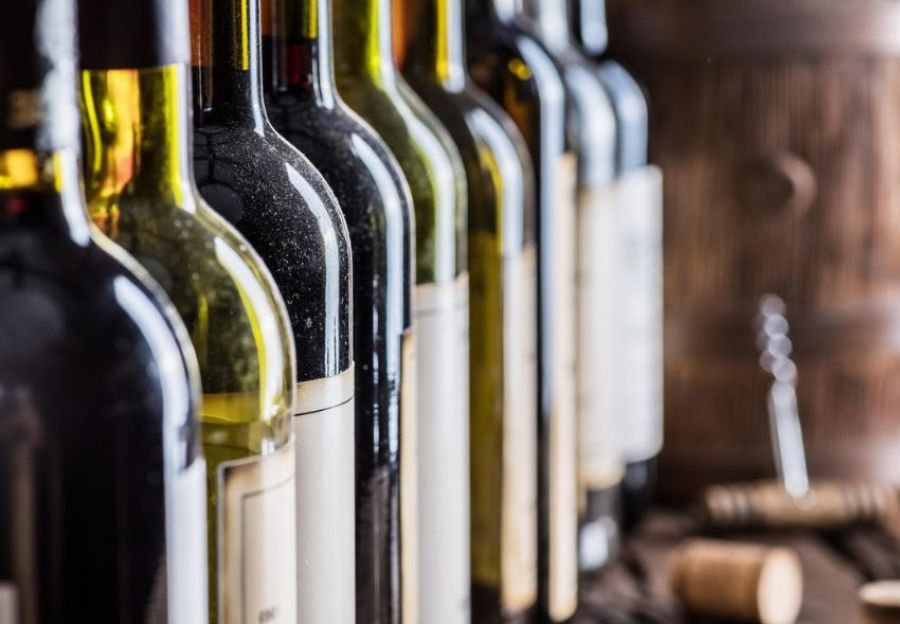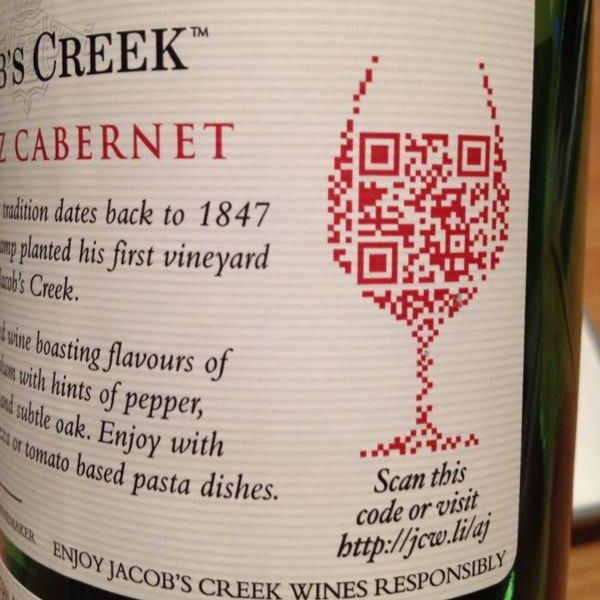May, 2024
San Francisco, USA

Change is being fueled by technology in both our personal and professional lives. From the applications we use to arrange a trip to the Ubers, we all now effortlessly hire as soon as we land in a new location. This technological change has also entered the wine industry and impacted every part of it. The most popular technology that can be used by wineries to retailers is Blockchain.
Wine manufacturing can be broken down into eight components based on who is the primary subject at one point or another in the product life cycle. The list consists of winegrower, winemakers, wholesale distributors, transit cellar, filler/packer and retail.
Given that vineyards are where wine production begins, this is the first link in the sales network. Winegrowers are individuals who cultivate and harvest grapes on a professional basis. They look after the plants and regulate the growing conditions like temperature, humidity, soil acidity, compaction, and many more.
Applying blockchain at this phase means:
The development of a sensor network that automatically gathers information on the weather, soil quality, and other factors that influence the quality of the grapes during the production cycle).
The winegrower has to enter the data in the system about himself and the vineyard, along with the type and number of vines, their origin, irrigation, and processing method. Here, every factor must be taken into account, from the fertilizers that were utilized to the technique and timing when the vine was cut.
It is also important to enter the data about the date of harvest, and the grapes that have been delivered to the winery into the system while harvesting.
This information is crucial since it has an impact on the taste of the wine, how environmentally friendly it is, and ultimately how much the wine will cost in stores. You can use data science after gathering such data to learn how to produce the best quality grapes from which you can make delicious wine for your customers.
These are individuals and businesses engaged in the wine-making process. Such entities must contribute to the blockchain in order to assure traceability:
Information on the suppliers, the type of grapes, the date when the raw materials were received, a description of the condition and quality of the raw materials, and information on the terms of their delivery.
Records of internal processes used in the manufacturing of the wine, including aeration, decantation, fermentation, and preservation.
Data about the storage, production spill, and the yeast that has been used.
Since the manufacturers of premium wines keep some aspects of production a secret, it is not necessary to give a detailed explanation about the wine production process in the system because it might violate commercial regulations.
These people are in charge of acquiring the wine from winemakers, blending it, and then delivering the final product to a transit cellar or packer. Wholesale distributors contribute to the blockchain by:
By providing data about the date of purchasing and on the conditions of transportation and storage.
Data on sampling, analysis of bulk wine, and the date of dispatch.
Bulk wine delivery, storage, shipping, processing, tasting, and analysis are responsibility of the cellar. The only difference in the logistics chain's small aspects makes the role of the transit cellar identical to that of wholesale distributors. As a result, the information that needs to be added to the blockchain at this point is the same as what was discussed in the section above.

Pour the wine into barrels, kegs, bottles, or bags after obtaining it from the transit cellar or wholesale distributor. The identification and labeling of the products are done at this point. Making sure that such labeling is consistent among different market players is crucial for the proper functioning of the blockchain.
There are two categories of data here:
Directly referring to the product and production: reception, storage, processing, sampling, analysis, filling, packaging, and shipping of finished products.
Data on counterfeits protection: paper types, laser embossing, hot and cold foil embossing, heat-sensitive paints, holograms, and hot stamping.
Due to the fact that customers will also have access to the blockchain through apps and QR codes, information data protection measures are crucial.
The method of using unique, one-of-a-kind digital identity credentials in the form of QR codes, which are provided for every individual bottle, package, or barrel of wine can be the best option.
The retailer purchases the finished products from the wholesaler or distributor and sells them to end-users in the form of bottles, cans, barrels, and cardboard boxes. Retail is in charge of showing data regarding received products, their storage, and sales on the network. To prevent the same identifying tag from being used twice, the sale must be documented.
It is essential to create a mobile application so that end consumers may quickly and easily learn about wine and its origin. It can be used in conjunction with a QR code found on a wine bottle.
Wine adulteration is the largest issue facing the sector. Large-scale wine producers invest millions of dollars each year in the fight against duplicate products by developing defense mechanisms that are more effective than those the Federal Reserve uses to defend the US dollar.
With blockchain, it will become easier to track the wine's origin, making such instances as wine adulterations uncommon or even extinct. Even if the manufacturer creates a fake, it may be promptly and easily deciphered by matching the data used with the winery's genuine capabilities.
Quality Control: Temperature and humidity are the two key variables that affect the wine's quality. Strong wines should be stored at 10-12 °C and dessert wines at 14-16 °C, with daily temperature fluctuations of no more than 3-5 °C. Humidity is also significant because, at its ideal level (60 to 70 percent), it prevents mold formation and keeps the crust from drying up.
Today most consumers would be ready to pay more if they could check the facts and other criteria before making a wine purchase. By tracking crucial variables in real-time throughout the life of a wine, blockchain enables you to meet this requirement. Everyone has access to these data, which are stored on the blockchain network and allow them to verify the conditions of the wine in which they were stored and delivered.
Availability of Information: Most wine bottles have only the chemical composition and the company that produced them. Clearly, this is insufficient to comprehend how healthy, delicious, or organic it is.
Users and appraisers will be able to obtain detailed information about every bottle by digitizing the wine production process and adding essential data to the blockchain. It will be easier to evaluate the flavor of each batch as well as the variety as a whole if you add a rating system and the option for reviews.
The “Big Four” professional services firm Ernst & Young (EY) has developed a blockchain platform for a firm that will help consumers understand the wines' quality, provenance, and authenticity. In 2019, the TATTOO Wine Platform has been developed for Blockchain Wine Pte. Ltd. by using EY’s OpsChain solution
The House of Roosevelt, an Asian wine cellar, would back the platform and use it to sell wines directly from vineyards to hotels, restaurants, cafés, and customers. According to EY “Each bottle of wine will be ‘tattooed’ with its own unique QR code. By scanning the QR code, participants can access information such as vineyards’ names and locations, details such as the types of fertilizers used to grow the crops, and how each batch is transported for processing and delivery.” You can read more about the TATTOO Wine Platform from “EY to help Blockchain Wine Pte. Ltd. build blockchain platform for wine distributors across Asia and worldwide.”
EY said that the platform will concentrate on Asian countries where the demand for European wines is growing. More than 5,000 labels, including wines from France, Italy, Spain, Australia, New Zealand, South Africa, South America, and California, will be added to the system.
Vinsent (formerly VinX), a fast-growing Israeli blockchain technology startup, has also developed a supply chain network for trading wine futures, which will enable wine collectors and enthusiasts to buy a vintage while it's still in the barrel, a year or two before it's bottled, and made available to the public.
To know more about wine and how various technology like IoT (Internet of Things) is impacting it check Why the Internet of Things will Lead to the Internet of Wines? from IBWSS (International Bulk Wine and Spirits Show).
Written By Aparna Dutta, Beverage Trade Network